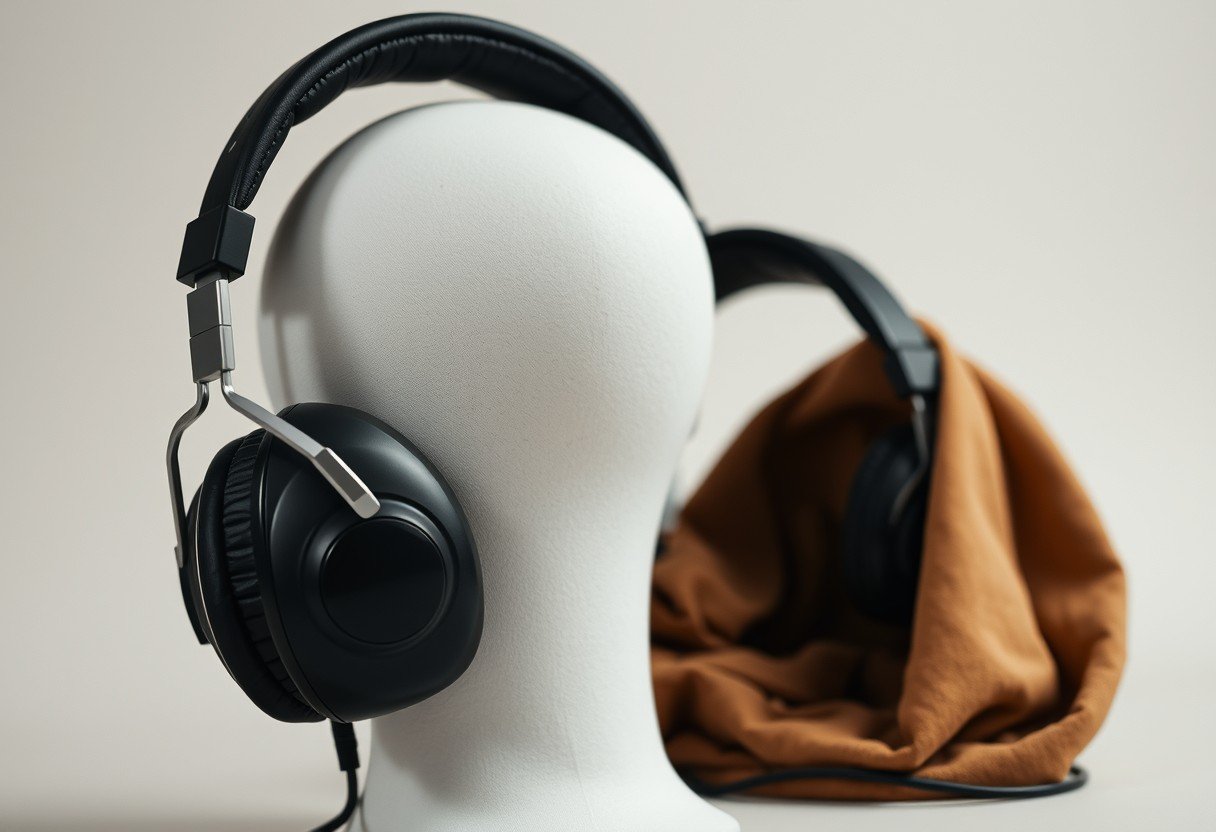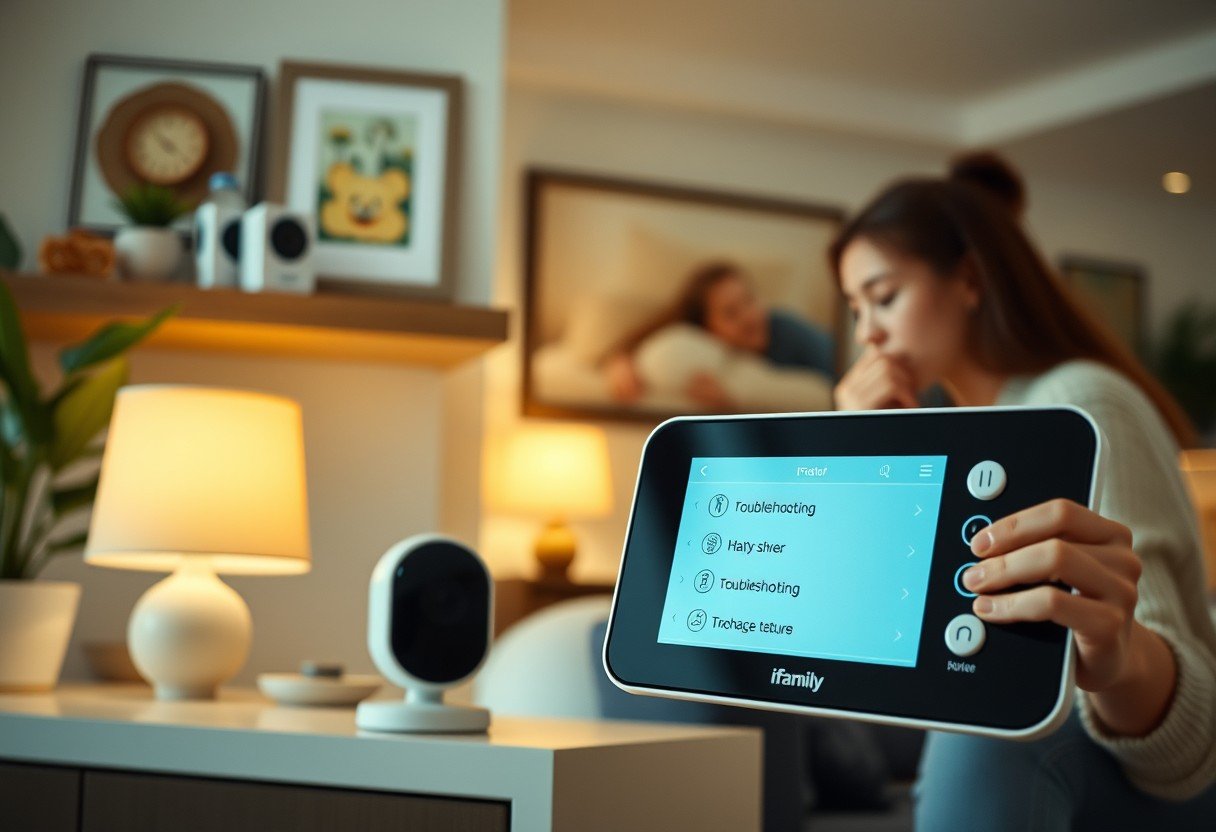Choosing new headphones involves more than just sound quality and price. How they fit on your head is crucial for comfort, audio performance, and even your ear health. The debate over whether headphones should be tight or loose is common, but the right answer depends on your personal needs. Finding that perfect balance between a secure seal and long-term comfort will completely transform your listening experience.
Why the Right Headphone Fit Matters More Than You Think
The fit of your headphones is a foundational part of your audio experience. It’s not just about whether they feel good for five minutes; it affects everything from the richness of the bass to your ability to block out distracting background noise.
A proper fit ensures you get the sound quality the manufacturer intended. If headphones are too loose, sound can leak out, and external noise can creep in, making your music sound thin and distant. Think of it as the difference between a sealed concert hall and an open-air stage.
Comfort is equally important, especially if you wear headphones for hours at a time for work, gaming, or travel. A poor fit can cause pressure points, leading to headaches and ear fatigue. Investing time in finding the right fit means you can enjoy longer, more immersive listening sessions without constantly needing to adjust them.
The Case for a Tight Fit: Sound Isolation and Bass
A snug or tight fit offers several powerful advantages that many listeners, especially audiophiles, actively seek. When headphones form a solid seal around your ears, they create a private listening environment that significantly improves the audio.
One of the biggest benefits is superior sound isolation. A tight fit physically blocks external noise from reaching your ears, allowing you to focus on your audio without distractions. This is particularly useful in noisy environments like public transit, busy offices, or airplanes.
This seal also leads to a much-enhanced bass response. Low-frequency sounds require a sealed space to be fully experienced, and a tight fit prevents these sound waves from escaping. The result is deeper, richer, and more impactful bass that brings your music to life. For active users, a secure fit also means the headphones will stay in place during a run or workout.
When a Looser Fit is the Better Choice
While a tight fit is great for sound quality, a looser fit has its own set of advantages, primarily centered around comfort and awareness. Not everyone needs or wants to be completely sealed off from the world.
For those who wear headphones for an entire workday, a looser fit can drastically reduce ear fatigue. Less clamping force means fewer pressure points on your head and ears, preventing the soreness and headaches that can come with tight headphones. This style also allows for better airflow, which helps keep your ears cool and reduces heat buildup during long sessions.
A looser fit is also a safety feature for some. If you’re a runner, cyclist, or pedestrian, being aware of your surroundings is critical. Headphones that don’t create a perfect seal allow you to hear important ambient sounds like traffic or people approaching. Below is a simple comparison of the two fit types.
| Feature | Tight Fit | Loose Fit |
|---|---|---|
| Sound Isolation | Excellent | Poor to Fair |
| Bass Response | Enhanced and Deep | Reduced or Thin |
| Long-Term Comfort | Can cause fatigue | Excellent |
| Situational Awareness | Low | High |
| Best For | Critical listening, workouts | Extended use, office work |
How Different Headphone Types Affect Fit
The type of headphone you choose plays a huge role in how it will fit. Each style is designed with a different user experience in mind, from total immersion to lightweight portability.
Over-ear headphones are designed to fully enclose your ears. Their large ear cups create a natural seal, making them ideal for noise isolation and high-fidelity sound. On-ear headphones rest directly on your ears, offering a more compact design but generally providing less isolation than over-ear models.
In-ear monitors (IEMs) or earbuds fit directly into your ear canal. With the right ear tips, IEMs can offer some of the best sound isolation available. Since the fit is so personal, they often come with multiple sizes of silicone or memory foam tips to help you find a perfect, comfortable seal.
Tips for Achieving Your Ideal Fit
Finding the perfect headphone fit is a personal journey, but there are several practical steps you can take to customize the experience. Don’t settle for an uncomfortable fit right out of the box, as many headphones offer ways to adjust them.
Start by checking for adjustability features. Most headphones come with an adjustable headband, which is the first thing you should modify. Extend or retract it until the ear cups are centered perfectly over your ears and the weight is distributed evenly across the top of your head.
If you’re still feeling discomfort, consider these other adjustments:
- Swap the Ear Pads: For over-ear and on-ear models, you can often buy aftermarket ear pads made from different materials like velour, leather, or cooling gel-infused memory foam.
- Try Different Ear Tips: For in-ear headphones, this is the most critical step. Experiment with various sizes and materials (silicone vs. foam) to find a tip that creates a secure seal without causing pain.
- Check for Swivel and Tilt: Many headphones have ear cups that can swivel or tilt. Adjusting these angles can help eliminate pressure points around your ears.
Remember that a little break-in period is normal. The clamping force of new headphones can sometimes relax slightly after a few days of use.
Frequently Asked Questions about Headphone Fit
Should headphones fit tight or loose for optimal sound quality?
For the best sound quality, headphones should fit snugly to create a good seal around your ears. This enhances bass and blocks outside noise. However, they shouldn’t be so tight that they cause pain, as discomfort can ruin the listening experience.
Can wearing tight headphones cause any damage?
Yes, consistently wearing overly tight headphones can lead to discomfort, pressure headaches, and skin irritation around the ears. While permanent damage is rare, it’s important to prioritize a comfortable fit to avoid these issues during extended use.
How do I know if my headphones fit properly?
A proper fit feels secure without pinching or applying excessive pressure. You should be able to move your head without them slipping off. For over-ear models, the pads should completely encircle your ears, and for in-ear models, they should seal the ear canal without causing pain.
Is a loose headphone fit ever a good thing?
A loose fit can be beneficial if you need to stay aware of your surroundings, such as when jogging outdoors. It can also be more comfortable for some users during very long listening sessions by reducing pressure and heat buildup.





Leave a Comment